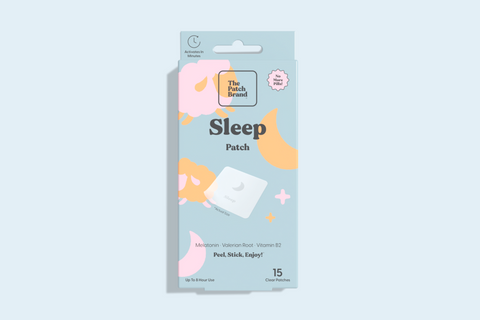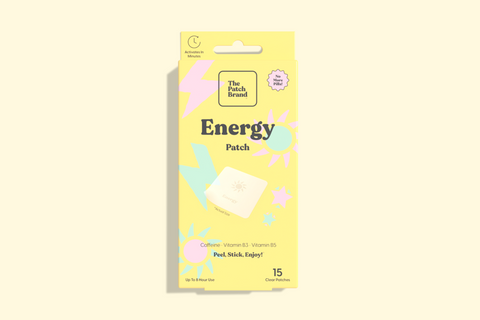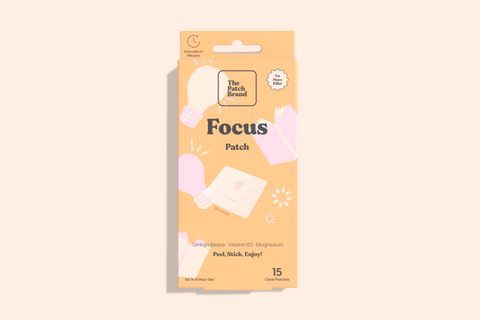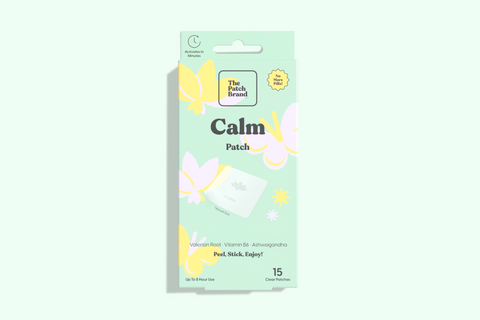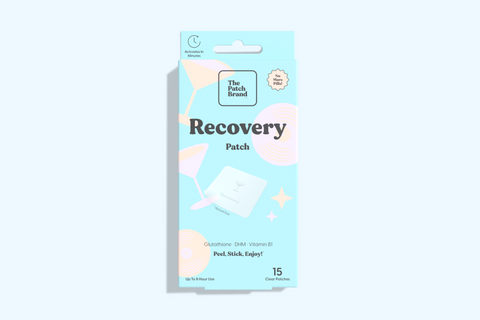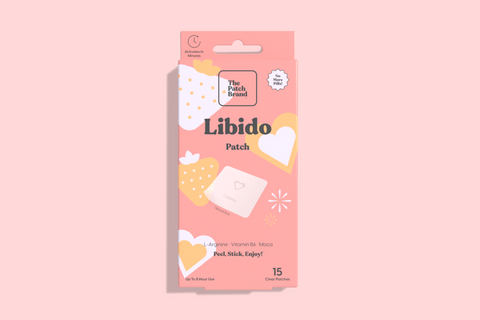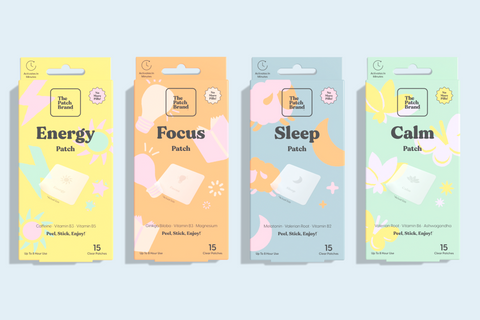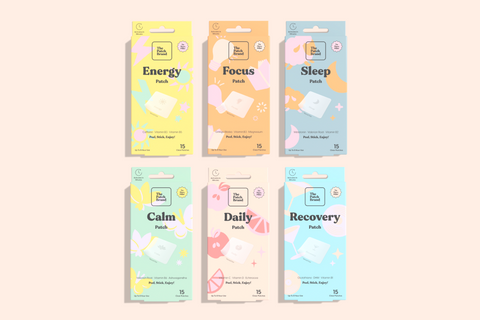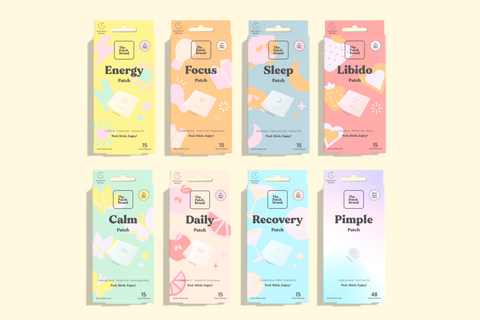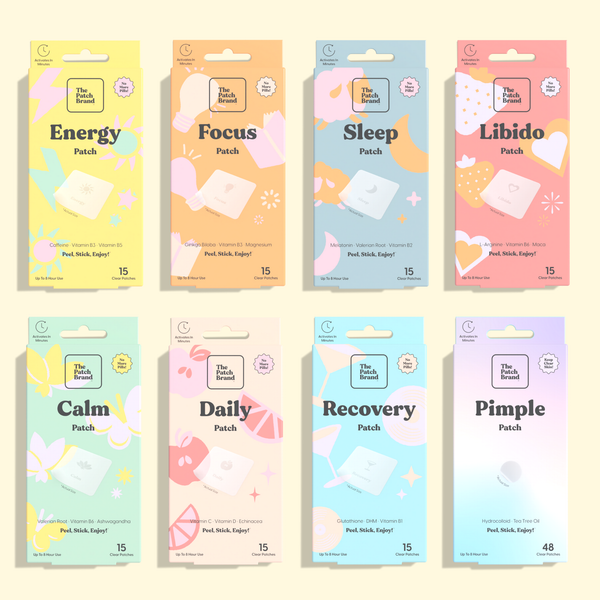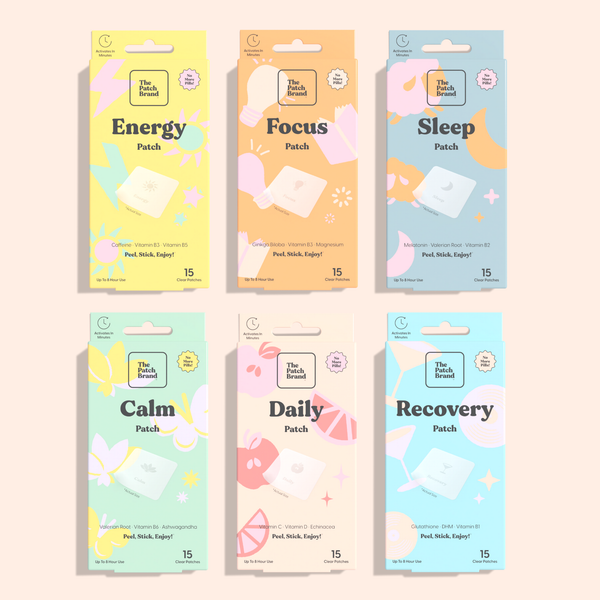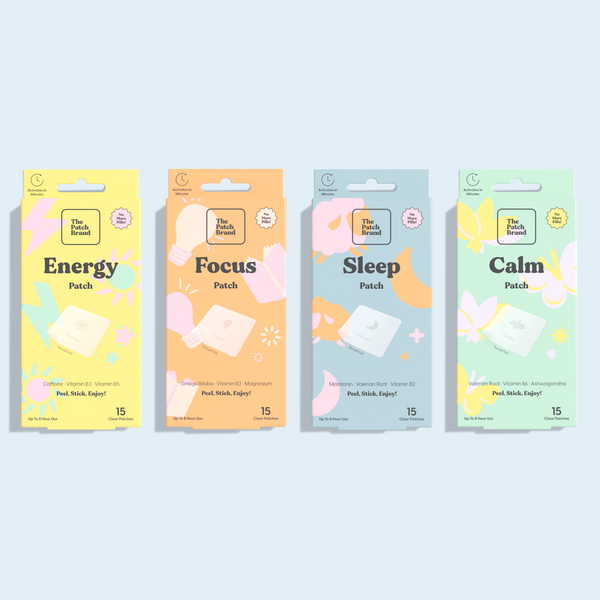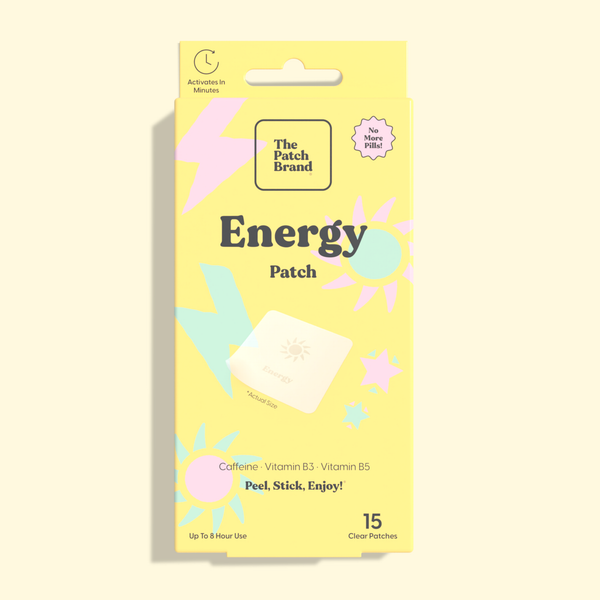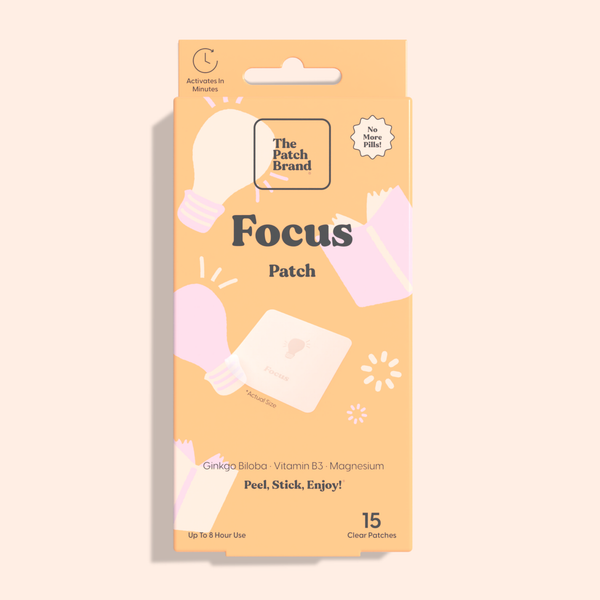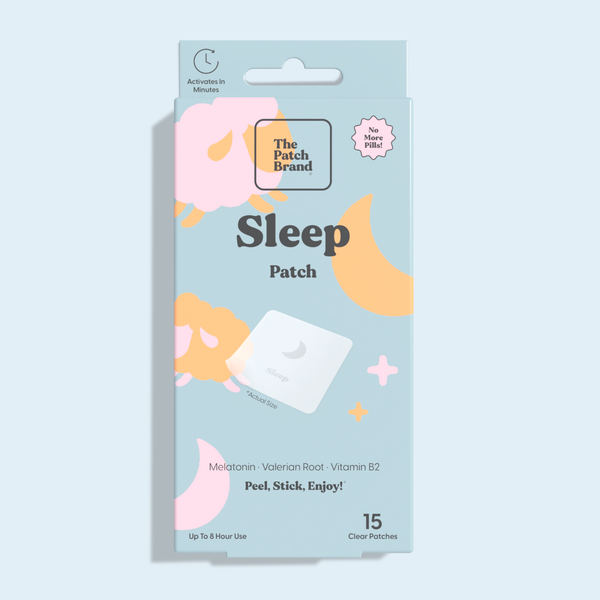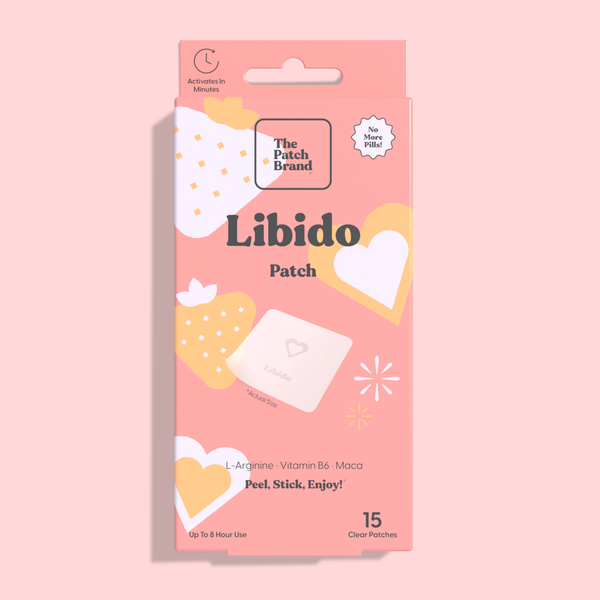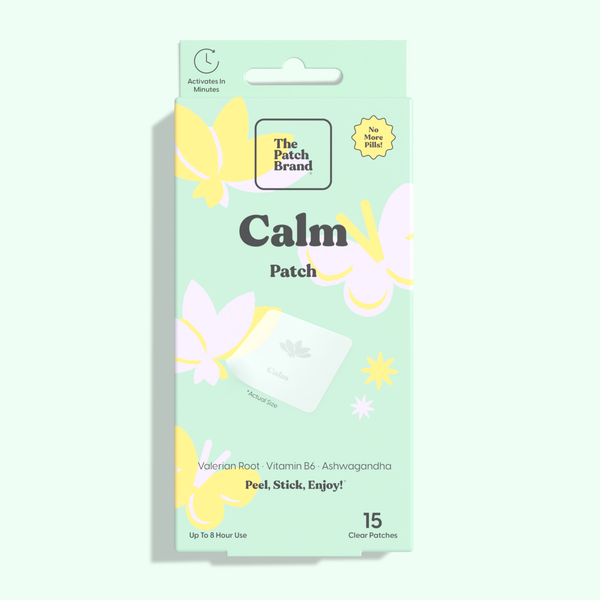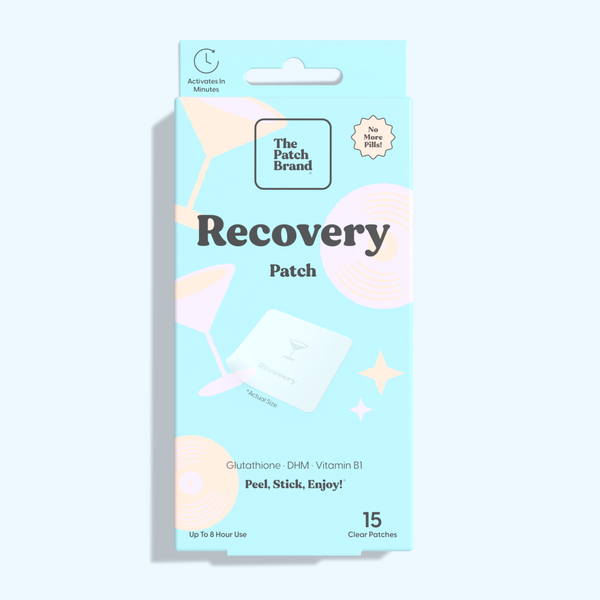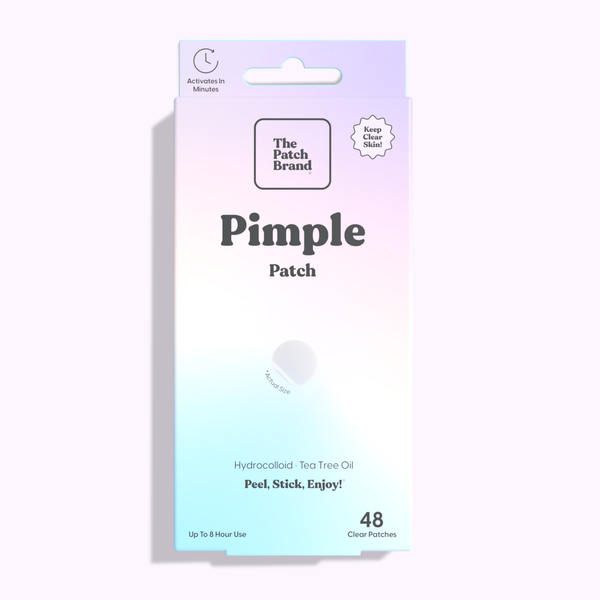As individuals age, achieving restful sleep becomes a common challenge. Various factors, such as health conditions, medications, and changes in sleep architecture, contribute to sleep disruptions among seniors. Poor sleep quality can significantly impact the overall well-being of older adults, affecting their physical, mental, and emotional health. Recognizing the need for effective sleep solutions is essential to enhance the quality of life for our seniors.
In the quest to combat sleep disturbances, the innovation of sleep patches has emerged as a promising solution. Unlike traditional sleep aids which may involve ingesting pills or using cumbersome devices, a sleep patch is a simple, non-invasive option.
These patches, adhered to the skin, provide a steady release of sleep-promoting ingredients throughout the night, aiming to support a restful slumber. The simplicity and effectiveness of sleep patches have garnered attention, making them an appealing option for individuals seeking better sleep, particularly seniors.

Exploring sleep patches for seniors is significant due to this demographic's unique sleep challenges. Seniors often have a harder time falling asleep and staying asleep through the night. Sleep patches offer a gentle and effective way to address these issues. Moreover, the ease of use and the potential for fewer side effects compared to other sleep aids make
sleep patches a noteworthy option. Delving into how patches for sleep work, their benefits, and how they compare to other sleep aids, can provide a clearer understanding of their potential to improve sleep quality for seniors.
Understanding Sleep Patches
Definition and General Concept of Sleep Patches
Sleep patches are innovative tools designed to assist with better sleep, especially among seniors who often struggle with sleep disorders. Unlike traditional sleep aids, these patches are placed on the skin, allowing for a direct and continuous release of natural or synthetic ingredients aimed at promoting restful sleep. The sleep vitamin patch, for example, often contains essential vitamins and minerals that can support a healthy sleep cycle by addressing nutrient deficiencies that might interfere with rest.
How Sleep Patches are Designed for Seniors
The design of sleep patches for seniors takes into account the common issues this demographic faces. For instance, difficulty in swallowing pills or the inconvenience of setting up sleep aid devices. Sleep patches provide a fuss-free solution. They are easy to apply, comfortable to wear, and can be worn throughout the night without causing any discomfort. The
best sleep patches for seniors are also designed with hypoallergenic materials to prevent skin irritation, ensuring a comfortable and worry-free experience for the elderly.
The Technology Behind Sleep Patches
The technology embedded in sleep patches is indeed fascinating. These patches use a transdermal delivery system to release sleep-promoting ingredients gradually into the body. The melatonin sleep patch is a prime example, where the hormone melatonin is delivered steadily over several hours to mimic the body's natural production of the hormone, helping to regulate the sleep cycle. The slow-release technology ensures that the active ingredients are utilized efficiently by the body, providing a sustained aid to sleep rather than a sudden surge that might disrupt the natural sleep rhythm.
Delving into the Science
How Sleep Patches Promote Better Sleep
Sleep patches work by delivering sleep-enhancing substances directly through the skin into the bloodstream. For example, a sleep patch can deliver melatonin throughout the night, helping to maintain the body’s natural sleep rhythm. Unlike pills that can cause a sudden surge of hormones, sleep patches provide a more balanced approach to promoting restful sleep, which can be especially advantageous for seniors dealing with sleep disturbances.
The Role of Ingredients Like Melatonin
Melatonin is a natural hormone produced by the pineal gland in the brain and plays a crucial role in regulating the sleep-wake cycle. The melatonin sleep patch delivers this hormone directly into the bloodstream. This can be particularly beneficial for seniors whose melatonin production may decline with age. Besides melatonin, some sleep patches also incorporate other sleep-enhancing ingredients such as herbs like chamomile and valerian root, which have been known for their calming and sleep-inducing properties.
The Mechanism of Slow-Release in Sleep Patches
The slow-release mechanism in sleep patches is achieved through the design of the patch which allows for a gradual permeation of ingredients through the skin. The formulation and the material of the patch play critical roles in ensuring a controlled release. This technology is designed to create a steady state of sleep-promoting substances in the body over time. It prevents the highs and lows associated with other delivery methods, making it a more stable and potentially
effective solution for sleep disturbances, especially in seniors.
Benefits of Improved Sleep Quality for Seniors
Enhanced Cognitive Function
Good sleep is crucial for cognitive health, especially as people age. These patches release substances that help calm the brain and body, encouraging deeper and more restorative sleep cycles. Improved sleep not only refreshes the body but also revitalizes the mind by supporting various cognitive functions. Here are some detailed benefits of using sleep aid patches:
-
Memory Support: During sleep, the brain undergoes a critical process known as consolidation, where it organizes and solidifies memories. This is crucial for transforming short-term memories into long-term ones. Sleep aid patches can help enhance this process by ensuring a deeper, more uninterrupted sleep cycle. By fostering a restful sleep, these patches aid in strengthening the neural connections that are fundamental to retaining knowledge and experiences, thereby supporting memory retention and recall.
-
Enhanced Focus: Quality sleep is directly linked to improved concentration and attention to detail. Sleep aid patches promote a more restful night's sleep, which helps clear the mind of distractions and rebuild its cognitive resources. This refreshed state allows seniors to focus better on daily tasks and activities, enhancing productivity and reducing the likelihood of errors. Furthermore, better sleep can help maintain attention spans and promote a clearer thought process throughout the day.
-
Decision-Making: A good night's sleep is essential for maintaining decision-making capabilities. Sleep deprivation can cloud judgment and impede the ability to make sound decisions. By improving sleep quality with sleep aid patches, seniors can experience more restful nights, which helps preserve brain function and improve reasoning skills. For independent living and general well-being, this promotes their capacity to appropriately analyze situations and make well-informed judgments.
-
Cognitive Preservation: Consistently good sleep has been shown to potentially reduce the risk of cognitive decline. As seniors age, the risk of conditions such as dementia and Alzheimer's disease increases. Sleep aid patches can help mitigate this risk by promoting deep, restorative sleep, essential for brain health. This type of sleep helps to clear the brain of toxins that build up during the day, which can contribute to cognitive decline if not adequately cleared.
By supporting deeper and more consistent sleep, these patches contribute to better memory, sharper focus, more reliable decision-making, and potentially lower the risk of cognitive decline. This makes them a valuable addition to a senior's nighttime routine, promoting not only better sleep but also a more vibrant and engaged day-to-day experience.
Better Physical Health
Physical health is often intertwined with sleep quality. With better sleep, the body can effectively repair tissues, synthesize proteins, and regenerate cells, promoting overall physical wellness. Sleep patches can provide a natural sleep aid for seniors, supporting better rest and thereby, aiding in the maintenance of physical health. This can lead to a lower risk of chronic conditions associated with poor sleep, such as obesity and heart disease, making sleep patches a worthwhile consideration.
Increased Overall Well-being
Achieving restful sleep contributes to a sense of overall well-being. It affects mood, stress levels, and even interpersonal relationships. With the gentle support of the best sleeping patches, seniors may find a noticeable improvement in their mood and a reduction in day-to-day stress, promoting a better quality of life. The potential for improved sleep also means more energy and vitality during the day, enabling seniors to engage in social activities and maintain a positive outlook on life.
Addressing Concerns
Possible Side Effects of Sleep Patches
While sleep patches offer a convenient route to enhanced sleep, like all interventions, they come with considerations regarding possible side effects. Particularly, the melatonin sleep patch could lead to morning grogginess or vivid dreams in some individuals. The body's response to the transdermal delivery of melatonin or other sleep-inducing substances may vary from person to person. Furthermore, potential skin irritation at the application site is a concern, especially for seniors with sensitive or fragile skin. It's essential to understand these possible side effects and consult with healthcare providers to ensure safe use, especially if the senior is on other medications or has underlying health conditions.
Common Concerns Seniors Might Have
Seniors may have various concerns when considering the use of sleep aid patches. The apprehensions might range from the effectiveness of the patches, and potential interactions with other medications, to long-term dependence. It's vital to have a clear dialogue between seniors and their healthcare providers to address these concerns comprehensively. Understanding the mechanism, benefits, and potential drawbacks of sleep patches will help in making an informed decision. Additionally, obtaining information from reliable sources and reading up on user reviews can provide insights into the experiences of others, helping to alleviate concerns.
How to Decide if Sleep Patches are Right for You
Deciding whether sleep patches are a suitable solution requires a well-rounded understanding of the individual’s sleep issues, health status, and personal preferences. A discussion with a healthcare provider is crucial to ascertain if a patch for sleep is a viable option, and what type of patch would be most beneficial. It might also be beneficial to consider a trial period with sleep patches to observe the effects. Monitoring sleep patterns, measuring the ease of use, and assessing the overall impact on sleep quality can provide valuable data in making an informed decision.
Comparing Sleep Patches with Other Sleep Aids
Traditional Sleep Aids Versus Sleep Patches
Comparing traditional sleep aids with sleep patches sheds light on the unique advantages the latter brings to the table. Unlike pills or syrups that require ingestion and may cause gastrointestinal discomfort or other systemic side effects, sleep patches provide a gentler, external approach. They deliver sleep-enhancing ingredients directly into the bloodstream, bypassing the digestive system. This method may result in fewer side effects and a more sustained release of the active ingredients, potentially offering a more balanced and natural sleep aid experience.
The Benefits of a Natural Sleep Aid
Natural sleep aid options like sleep patches with herbal ingredients can often be seen as preferable due to their gentle nature and lesser likelihood of causing dependency or severe side effects. For seniors, a natural approach might be more appealing as it aligns with the body’s inherent sleep mechanisms. Ingredients such as chamomile or valerian root in some sleep patches can provide a holistic approach to improving sleep without the harsh effects that synthetic sleep aids might entail.
Why Sleep Patches Might be a Preferable Option
Sleep patches may stand out as a preferable option due to their ease of use, the potential for fewer side effects, and the ability to provide a sustained release of sleep-promoting substances. For seniors who might have difficulty swallowing pills or those wary of the side effects associated with traditional sleep medications, sleep patches present a less invasive alternative. Additionally, the transdermal delivery method ensures a steady supply of the active ingredients.
Tips for Maximizing Sleep Patch Efficiency
Proper Application of Sleep Patches
To maximize the effectiveness of sleep patches, ensuring they are applied correctly is crucial. These patches, which are designed to aid sleep through the transdermal delivery of active ingredients, can be more effective when certain guidelines are followed meticulously. Here is a detailed look at how to optimize the use of
sleep patches:
-
Follow the Instructions on the Package for Optimal Placement: Each sleep patch may have specific requirements for where it should be placed on the body to ensure the best absorption of its active ingredients. For instance, some patches work best when applied to areas with thinner skin, such as the wrists or behind the ears, where blood flow is more pronounced. It is vital to adhere to the manufacturer's directions not only for the location but also for how long the patch should be worn. Incorrect placement can result in diminished effectiveness, as the active components might not enter the bloodstream as intended.
-
Ensure the Skin is Clean and Dry Before Application: Proper skin preparation is key to the successful use of sleep patches. The area of the skin where the patch will be applied should be free from oils, dirt, and moisture. This cleanliness ensures that the patch adheres well to the skin, preventing it from peeling off during sleep and allowing the active ingredients to penetrate the skin efficiently. Washing the area with soap and water and drying it thoroughly before application can significantly enhance the patch's effectiveness.
-
Rotate the Application Sites With Each Use: To avoid skin irritation, it is advisable to apply the patch to different areas of the skin each time it's used. Repeated use of the patch on the same spot can lead to irritation or even allergic reactions, diminishing the user's comfort and potentially interfering with sleep. Rotating sites allow the skin to recover from any adhesive or ingredient sensitivity and also maintain the effectiveness of the patch by varying the absorption sites.
Incorporating these practices can greatly improve your experience with sleep patches. By ensuring the correct application and rotation of the patches, you can maximize their benefits and enjoy a more restful night's sleep. By adhering to these guidelines, users can optimize the effectiveness of their sleep aid regimen and potentially enhance their overall sleep quality.
Combining Sleep Patches with Good Sleep Hygiene
Utilizing a
sleeping patch in conjunction with practicing good sleep hygiene can significantly improve sleep quality. Establishing a consistent sleep schedule, maintaining a comfortable sleep environment, and minimizing exposure to screens before bedtime are fundamental aspects of sleep hygiene. By pairing these practices with the use of sleeping patches, seniors can create a conducive atmosphere for restful sleep. Additionally, engaging in relaxing pre-sleep rituals like reading or meditation can further enhance the effectiveness of sleep patches in promoting a healthy sleep cycle.
Monitoring and Adjusting Usage for Best Results
It's essential to monitor the effects of sleep patches and adjust their usage as necessary. Keeping a sleep diary to track sleep patterns, the ease of falling asleep, and the quality of sleep can provide valuable insights. If the desired results are not achieved, consulting with a healthcare provider for adjustments in the patch formulation or exploring other sleep aid options might be necessary. It's a personalized journey to find the most effective solution for improving sleep quality, and being open to making adjustments is key to success.
Sleep patches for seniors offer a modern, less invasive approach to tackling sleep challenges. They provide a simple, convenient, and potentially effective solution for enhancing sleep quality by delivering sleep-promoting ingredients directly and continuously throughout the night. The slow-release technology employed in these patches is a notable advantage, providing a sustained supply of sleep-enhancing ingredients that can support a more natural sleep rhythm, possibly improving overall sleep quality for seniors.

Exploring sleep patches as a sleep aid solution is a worthwhile endeavor for seniors facing sleep challenges. With an array of formulations and ingredients available, there's potential to find a patch that aligns well with individual needs and preferences. Engaging with healthcare providers, reading up on reputable sources, and possibly trying out different sleep patches can pave the way towards discovering a more restful night’s sleep and enhancing the overall quality of life.
Improving sleep quality is a significant step towards a better, more fulfilling life for seniors. Sleep patches offer a promising avenue to explore in the quest for better sleep. They summarize the advantage of modern technology and the potential for a natural, gentle approach to sleep enhancement. The journey towards better sleep may require some trial and error, but achieving restful sleep and reaping the associated benefits for overall well-being is an attainable goal with the right guidance and a proactive approach.



